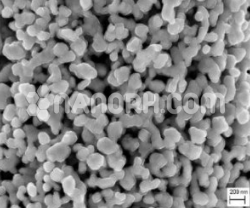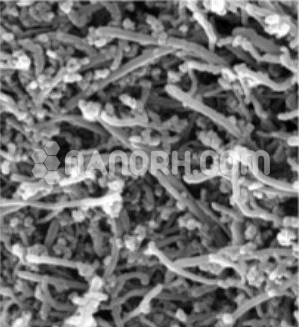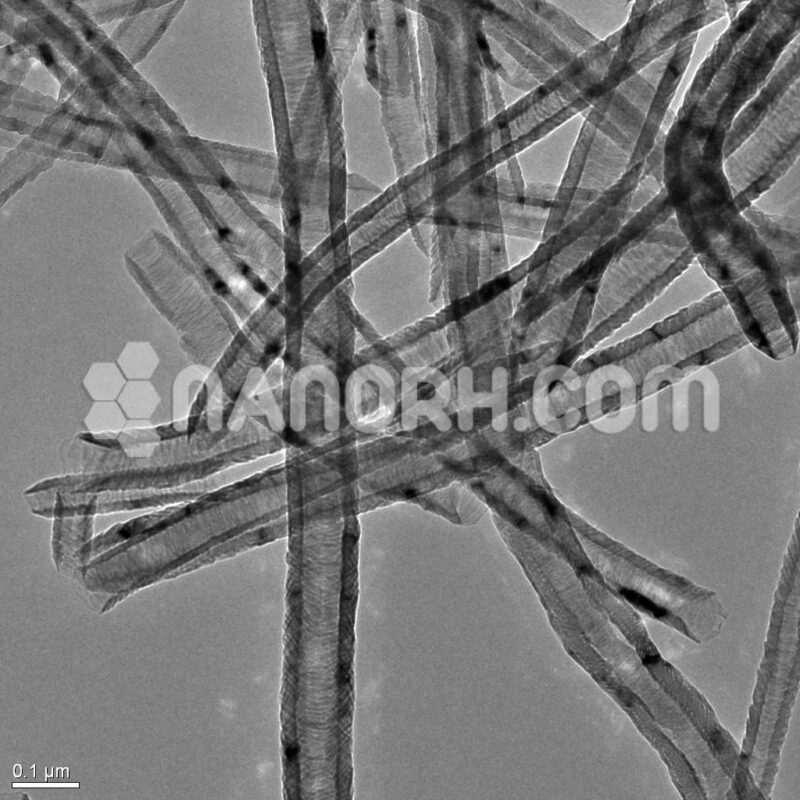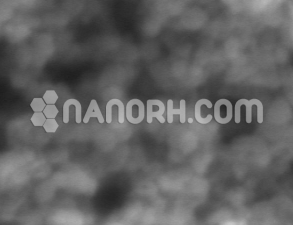| Iron Hydroxide Fe(OH)3 Nanoparticles 15wt% Ethanol Dispersion | |
| Product No | NRE-23032 |
| CAS No. | 18624-44-7 |
| Formula | Fe(OH)3 |
| Molecular Weight | 106.867 g/mol |
| APS | <5nm (can be customized) |
| Purity | 99.9% |
| Color | Dark Orange |
| Density | 4.25 g/cm³ |
| Solvent | Ethanol (as per requirement) |
| pH | NA |
Iron Hydroxide Nanoparticles / Fe(OH)3 Nanopowder 15wt% Ethanol Dispersion
Introduction:
Iron hydroxide nanoparticles / Fe(OH)3 nanopowder 15wt% ethanol dispersion particularly forms like goethite (α-FeO(OH)) and ferrihydrite (5Fe₂O₃·9H₂O), are nanoscale particles characterized by their high surface area, reactivity, and ability to form stable colloids. These nanoparticles can be synthesized through various methods, including co-precipitation, sol-gel processes, and hydrothermal synthesis. Their unique properties make them suitable for a range of applications in environmental science, biomedicine, and materials engineering.
Applications
Environmental Remediation:
Heavy Metal Adsorption: Iron hydroxide nanoparticles effectively adsorb heavy metals from contaminated water, aiding in water purification and soil remediation.
Phosphate Removal: Used in wastewater treatment to remove phosphates, which can help prevent algal blooms in water bodies.
Biomedical Applications:
Drug Delivery: Can be functionalized to deliver therapeutic agents directly to targeted cells, enhancing treatment efficacy.
Magnetic Resonance Imaging (MRI): Used as contrast agents to improve imaging quality in diagnostic procedures.
Catalysis:
Chemical Reactions: Serve as catalysts in various chemical processes, including the synthesis of organic compounds and environmental catalysis, enhancing reaction rates.
Energy Storage:
Batteries: Explored as potential materials for anodes in lithium-ion batteries, contributing to improved energy storage and cycling stability.
Supercapacitors: Their high surface area supports efficient charge storage, making them suitable for energy applications.
Sensors:
Chemical Sensors: Used in the development of sensors for detecting environmental pollutants and hazardous materials.
Biosensors: Can be integrated into biosensors for detecting biological markers, enhancing sensitivity and specificity.
Pigments and Coatings:
Colorants: Utilized in various applications as pigments due to their color properties and stability.
Protective Coatings: Improve corrosion resistance and durability in coatings for industrial applications.
Agriculture:
Soil Amendments: Enhance soil properties and nutrient availability, promoting better plant growth.
Fertilizer Delivery: Can be used in the controlled release of fertilizers, improving nutrient efficiency.
Textiles:
Antimicrobial Properties: Incorporated into textiles to provide antibacterial effects, enhancing hygiene and durability.




